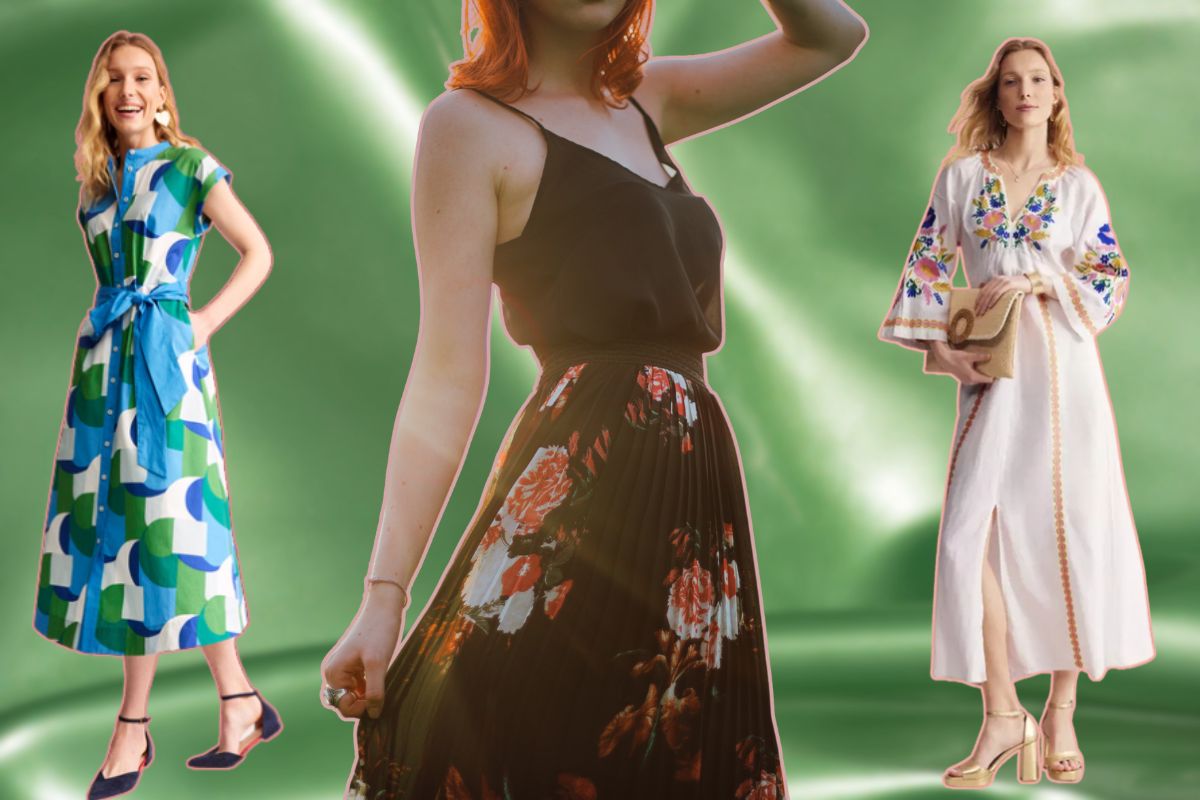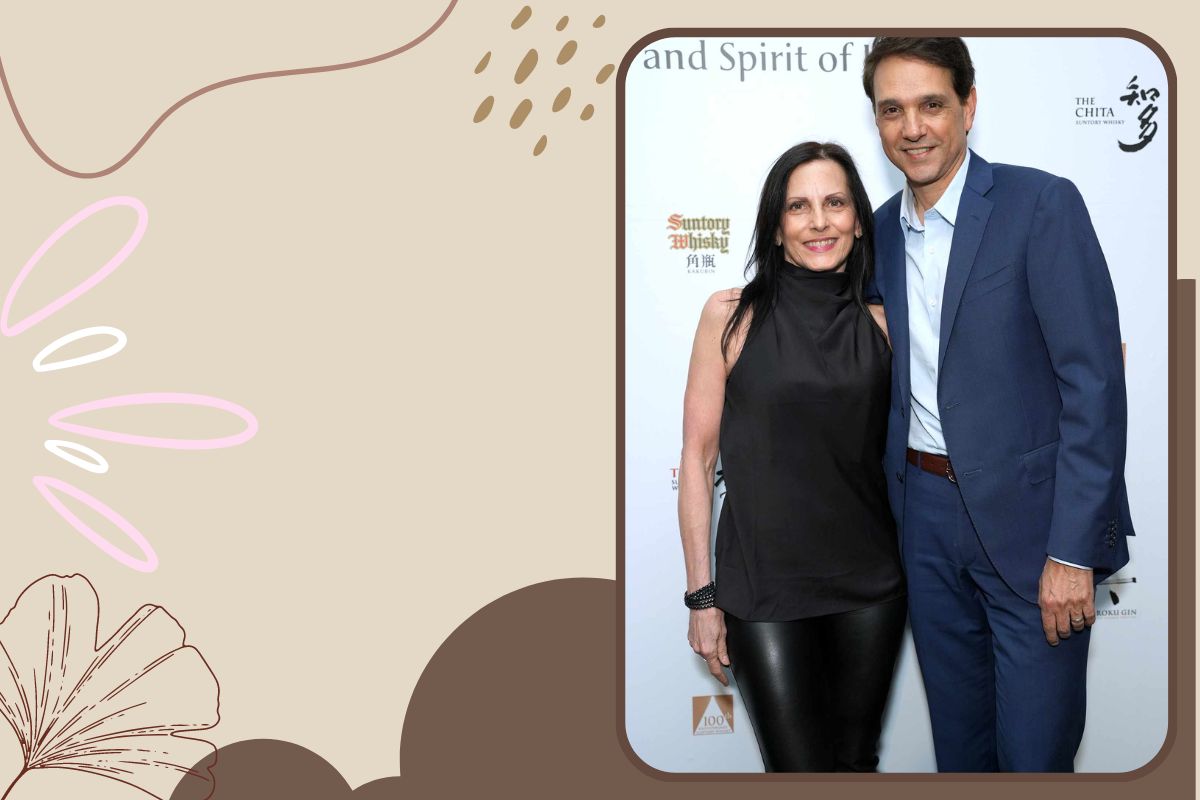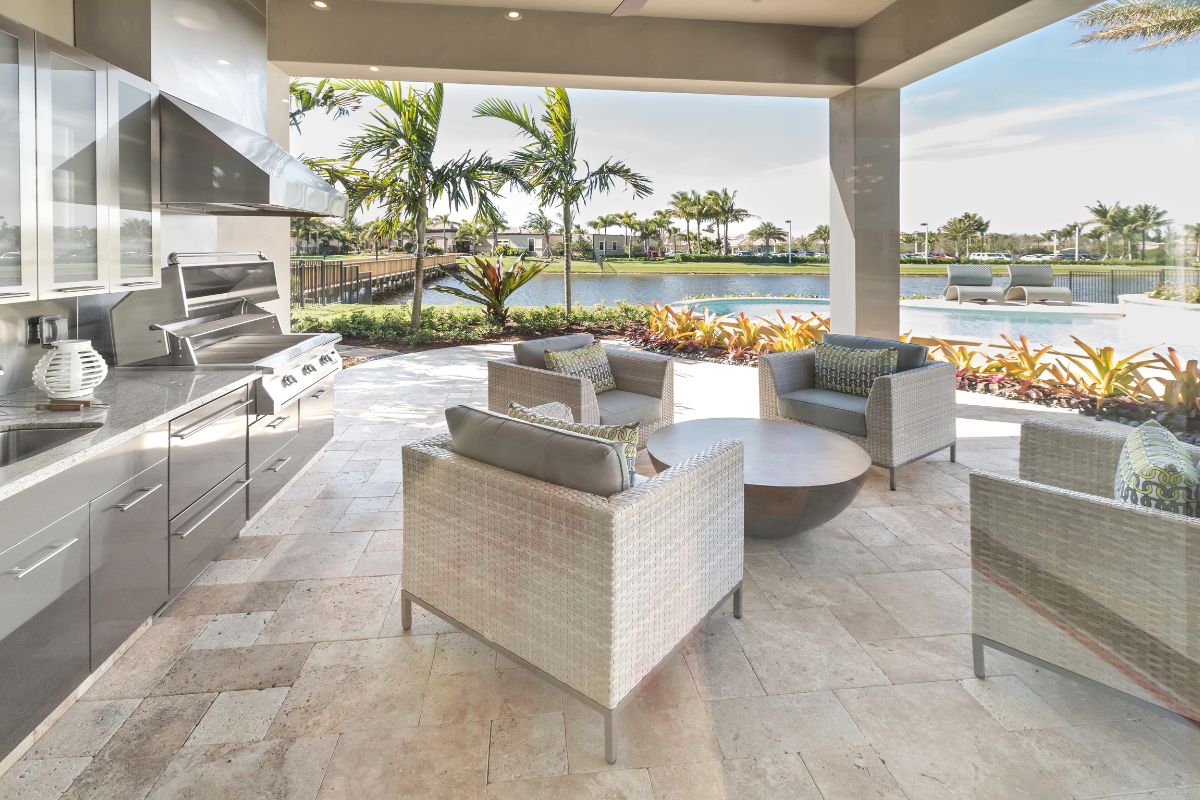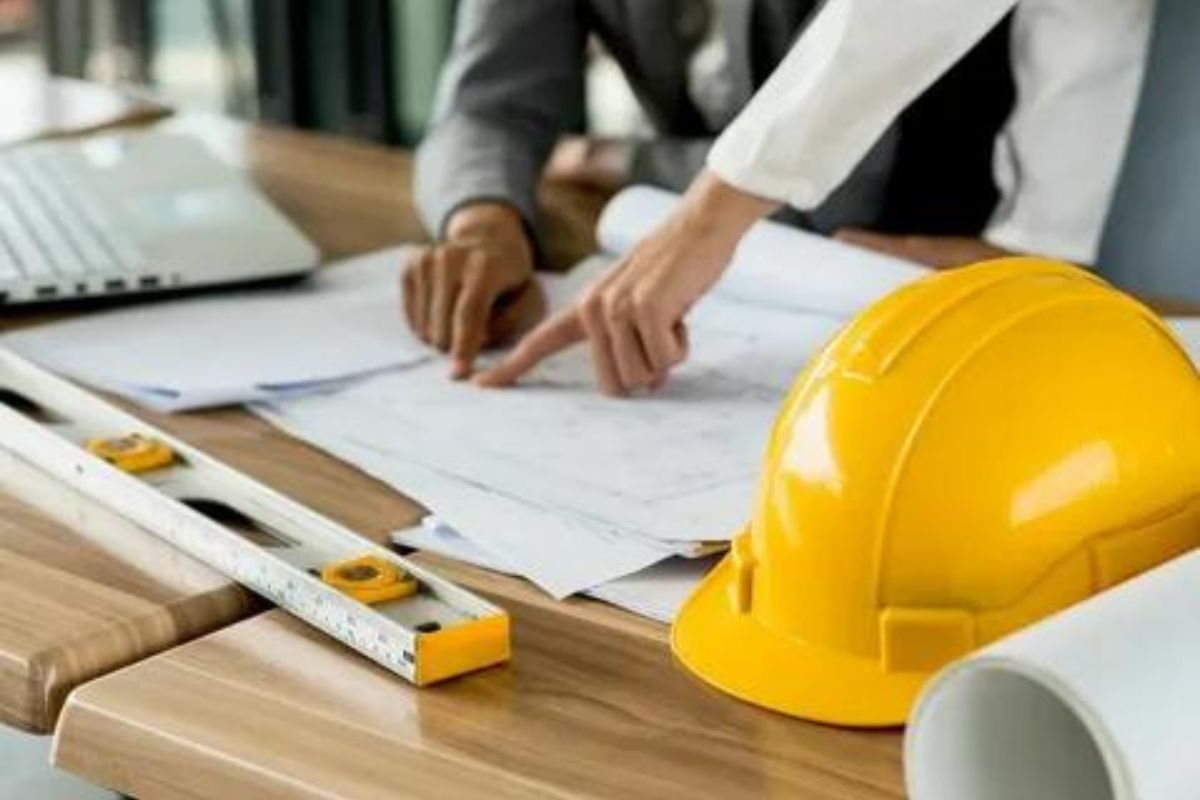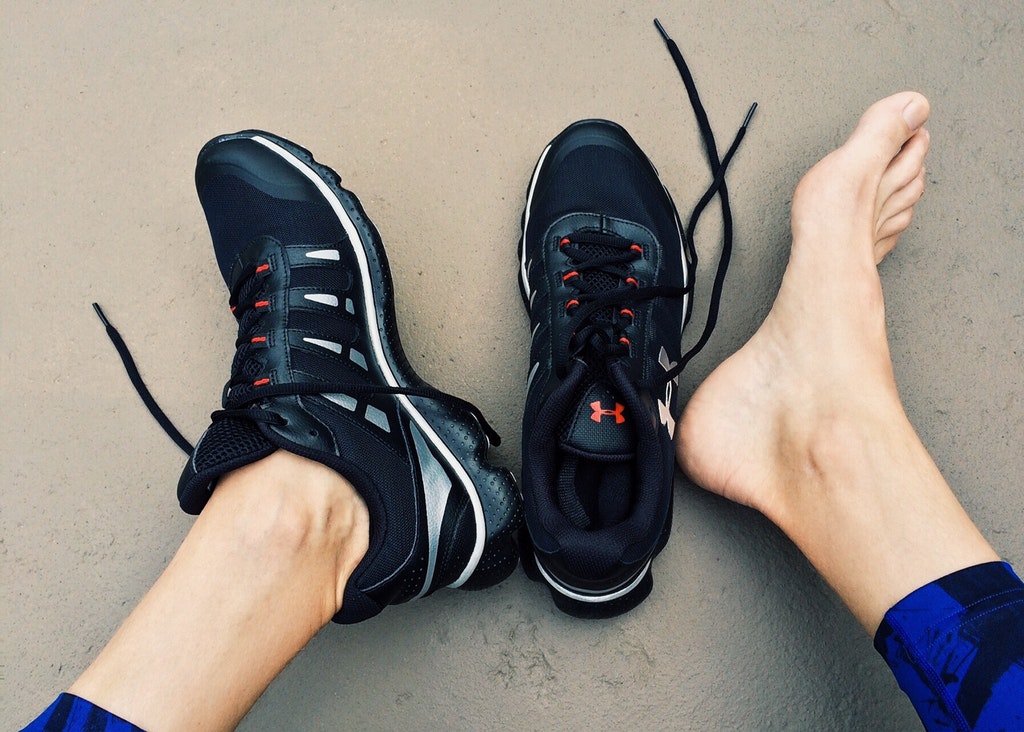Shoes are made to protect feet from environmental influences. But modern shoes are completely different from their distant ancestors. Today, footwear is not just a protection against environmental influences, but a separate wardrobe item that is chosen even more carefully than outerwear. But when choosing, we often do not even think about how shoes affect human health.
“Causes health problems ”-, this is the inscription that should be placed on some shoe boxes. Just like warnings on cigarette packs are made! How wearing wrong shoes can affect health:
1. Shoes with heels
High heels are the love and scourge of most women. We won’t tell you to get rid of all your favorite shoes on a high heel, but it is important to remember two axioms. The first one: high heels are shoes for special occasions, and not for “catwalk” on the asphalt to work. Second: you cannot wear a heel above 6 cm on a permanent basis.
When a person stands upright, the load on the joints and organs is evenly distributed. When “lifting” on heels, the centre of gravity shifts forward. To maintain balance, the body is forced to reposition its bones, organs and vertebrae. With the constant wearing of high heels, all these changes become chronic.
The global consequences of such changes are transverse flat feet, corns, pain in the legs, varicose veins.
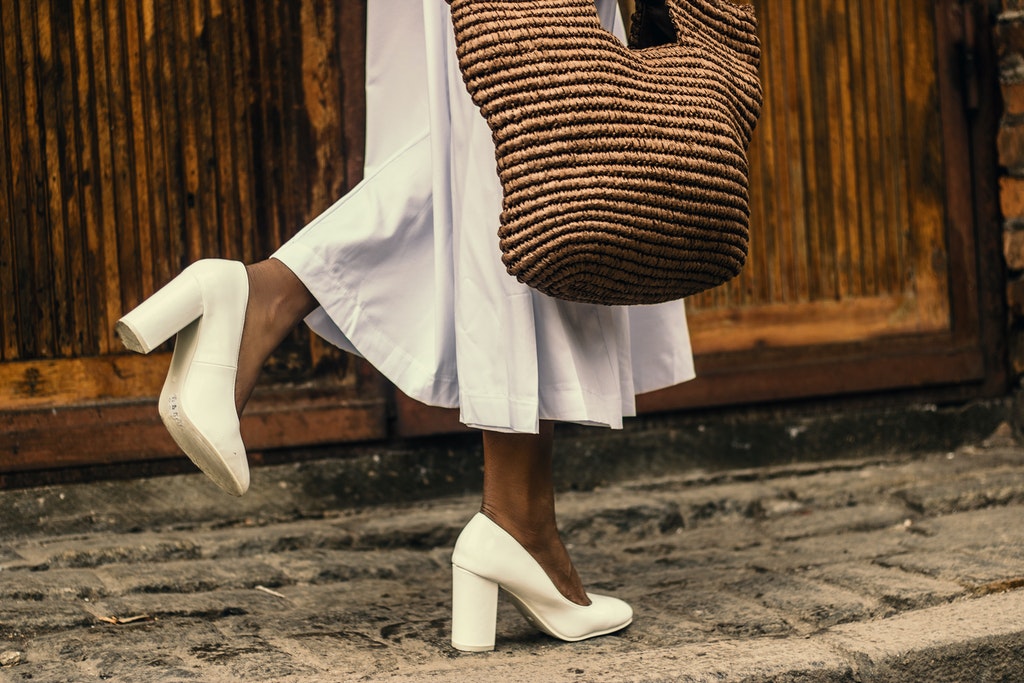

2. Flat-soled shoes (slippers, flip-flops, UGG boots)
There is also a place and time for flip-flops and slippers— a beach, a swimming pool, a sauna… Put on for 10 minutes to walk from the beach to the hotel, took off and forget about them.
Why is this rule necessary? When wearing flip-flops, the person constantly bends their toes slightly to keep the shoes on their feet. So there is an overstrain of the muscles of the foot, then the tension goes higher — to the lower legs, lower back, thighs, even the neck. This can lead to headaches or back pain by the end of the day. Metabolic products accumulate in the muscles of the lower leg, causing painful sensations.
Wear sandals with straps that hold the heel and toe tightly. The same requirement applies to winter UGG boots. The sole should be soft and flexible, and the foot should not “dangle”. Flat shoes do not provide the necessary support, so walking in them is harmful.
3. One size smaller shoes
Sales, last size, “love at first sight” – these reasons make people buy shoes one size or half size smaller. If you do overpower yourself and wear something like this, be careful: it negatively affects the health and condition of the musculoskeletal system.
Of course, there are situations when we buy shoes one size smaller by accident. To exclude them from your life, firstly, buy shoes only after trying them on (remember this when placing orders in online stores!). Secondly, do it at a certain time of the day: in the evening, when your legs swell a little after a hard day. So you will not go wrong with the size. If you try on and buy shoes in the morning, it is very likely that putting on this pair of shoes in the evening will be problematic. If you can “fit” into them, most likely you will feel that the shoes are tight.
4. Orthopedic shoes
Many people think that wearing orthopedic shoes or orthopedic insoles is beneficial for the musculoskeletal system, that it will help correct scoliosis or flat feet. Some parents specifically buy such shoes and boots for their children in order to prevent the development of these diseases from an early age.
In fact, orthopedic shoes do not cure flat feet or scoliosis, since the root cause of such problems cannot be eliminated by insoles alone. The root cause is birth trauma, the consequences of which can only be eliminated through treatment. Moreover, much will depend on the patient’s age and other related nuances, so there is no point in wearing orthopedic shoes just like that, except in extremely rare cases.
Wearing the wrong shoes, especially during sports activities, can also cause plantar fasciitis and orthopedic shoes have no use in this case either. It is often necessary to have adequate plantar fasciitis treatment.


5. Shoes that are too tight
Shoes with a narrow toe, tight, visually reducing the volume of the foot, is beautiful in appearance. But the consequences of wearing it are sad: bone growths, chronic discomfort, squeezing of the foot. All this is accompanied by poor health, pain, irritability. Do you need it?
Conclusion
The main rule that must be adhered to when choosing shoes is a sense of comfort, convenience. The foot must not suffer.
Heel? Good, but short and steady. Materials are natural. Do not clog the feet.
Fortunately, the concept of beauty and attractiveness in our time is not related to the size of the foot, as, for example, in ancient China. Therefore, we strongly recommend ensuring that the shoes are comfortable and of high quality, as this directly affects health, the absence of a number of problems and diseases, and, as a consequence, on the efficiency and quality of life.







